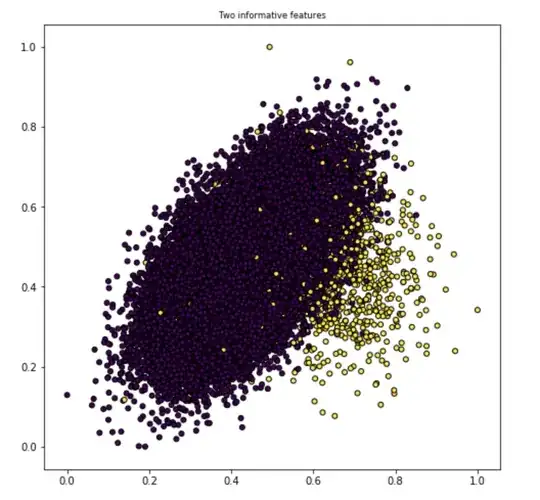Hoping you can help me understanding a request that my supervisor would like me to do in an LS Mean plot. My model is the following in lme4:
DV ~ Group + Time + Group x Time + BaselineScore + BaselineScore x Time + (1|Subject) + (1|Site)
Where subjects are randomly assigned to groups and coded to be explicitly nested within sites. My time variable is discrete, coded as Time 0 (baseline data collection), Time 1 (first visit), Time 2 (second visit), and Time 3 (final visit). So in the model, only Times 1, 2, and 3 are included since I already have BaselineScore by itself and as an interaction with each time point.
My supervisor asked me to include Time 0 on the plot to indicate where each group started pre-treatment, to better interpret the plot at Times 1 through 3. He also said these means should be the same for both groups since we controlled for BaselineScore.
This seems wrong to me. It was my understanding that the random intercepts applied to individuals within sites, not to the groups themselves, so there is no reason for the groups to be different even though we controlled for baseline values and have random intercepts. Also, it's my understanding that the LS means represent predictions from the model, but Time 0 is not included in the model. As such, it would not make sense to present the raw means of the DV for each group as these represent different means than the LS means themselves.
Can someone can clear up our misconceptions?
Update
Here is the code used to generate the plot:
model1_grid <- ref.grid(model1)
emms_model1 <- emmeans(model1_grid, ~ Group | Visit)
model1_plot <- plot(emms_model1, comparisons = TRUE, adjust = "mvt",
horizontal = TRUE, plotit=FALSE)
I then take the above output to customize it a bit with ggplot to obtain the following. The orange line is the control group; the purple line is the treatment group.
Lastly, Russ asked for clarification on Time 0. Time 0 was excluded prior to the analysis. This is because all the Time 0 data points are baseline scores, which are already contained in the BaselineScore variable in the model.
